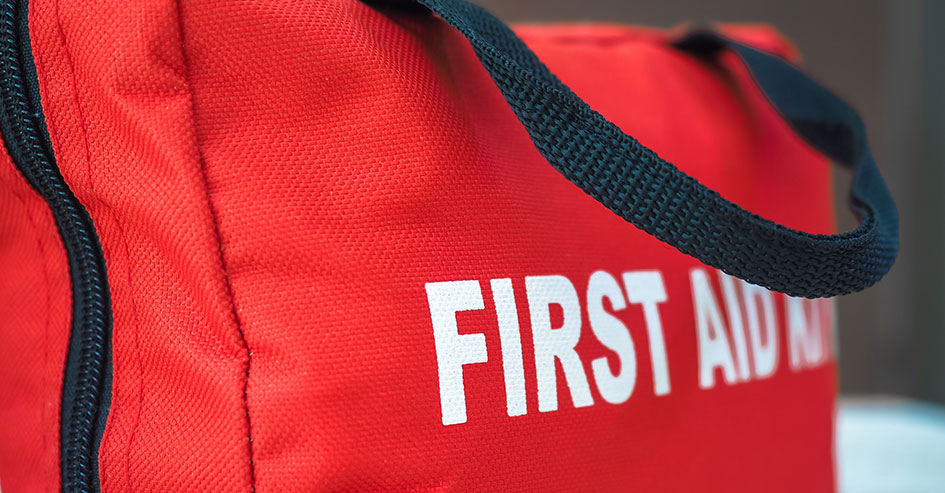OHS First Aid Regulation Changes November 1, 2024
// September 24, 2024
New Occupational First Aid Regulation requirements are coming into effect on November 1, 2024, affecting all employers in the province in the following key areas:
First Aid Assessments: Employers will now have a duty to establish their workplace first aid requirements in consultation with their workers and/or the company Joint Health and Safety Committee or health and safety representative. This First Aid Assessment will need to be completed for each workplace the employer has. WorkSafeBC has a worksheet available to help employers fill out the assessment with the right information. Employers will also be required to review First Aid Assessments annually or whenever there is a significant change to the operations.
If you dispatch workers to multiple work areas frequently, you may not have to fill out a First Aid Assessment for each jobsite if the first aid requirements are the same for all locations. Check with the WorkSafeBC amended Regulation on Minimum Levels of First Aid and preliminary Guidelines to Occupational First Aid to ensure your due diligence is being met.
OFA Designation and Training: Following November 1, OFA Level 1 will be known as “Basic”, OFA Level 2 becomes “Intermediate”, and OFA Level 3 will be labelled as “Advanced”. Training for OFA 1/Basic and OFA 3/Advanced will stay the same – one day and ten days respectively. OFA 2 training duration changes from five days of training to two.
It’s important to note that OFA 1/2/3 certifications issued before November 1, 2024 will be considered equivalent to the new designation names until their expiry date (up to November 1, 2027).
At minimum, annual documented drills to test the effectiveness of the jobsite emergency procedures must be completed.
First Aid Kits: Amendments to the OHS Regulation for first aid kits, designations, and training are now aligning with the Canadian Standards Association (CSA). Check the WorkSafeBC Guidelines and CSA Z1220-17, as you will be required to purchase new or update your current kit to the new standards.
Current “Personal” first aid kits now must have the contents outlined in CSA Z1220-17 “personal kit”.
Level 1 First Aid Kits will be required to have items in the CSA Z1220-17 “basic kit (medium)” with a tourniquet and PPE.
Level 2 First Aid Kits will need to be amended with the contents listed in CSA Z1220-17 “intermediate kit (medium)” plus the additional PPE noted.
Level 3 First Aid Kits will have to be upgraded to include the items noted in CSA Z1220-17 “intermediate kit (medium)” as well as an oxygen therapy kit and the noted PPE.
Schedule 3-A Revisions: Schedule 3-A outlines minimum requirements based on factors such as how many workers are present, what the hazard rating is based on the First Aid Assessment, how many first aid attendants are required and their designations, as well as the first aid kits that must be available for use. The tables in Schedule 3-A will be changed and will address four workplace characteristics to determine the required level of first aid attendants, their designations, supplies and facilities:
- Number of workers at the workplace
- Hazard rating assigned to the industry
- Distance from the nearest BC Emergency Health Services (BCEHS) ambulance station. More than 30 minutes travel time under normal conditions is considered “remote”.
- Accessibility of the jobsite if defined as “less accessible” by BCEHS
BC Emergency Health Services (BCEHS) paramedics will now consider the following locations “less accessible” and may refuse to treat injured workers in these areas:
- Confined spaces or where there is a risk of entrapment
- Underground work
- Excavations
- Areas only accessible by ladders, scaffold, or temporary work platforms
- Work at high angles, or where an unguarded fall hazard exists
- Work on or over water
- Areas requiring specialized PPE or areas where hazardous atmospheres may exist
Resources
WorkSafeBC: Minimum First Aid Requirements
WorkSafeBC: Changes Coming to Workplace First Aid Requirements





